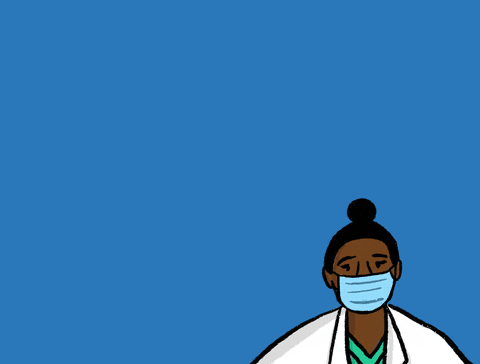
In recent years, the world has witnessed the emergence of Web3, a decentralized and user-centric version of the internet powered by blockchain technology. This revolutionary concept has the potential to transform several industries, and healthcare in the United States is no exception. Web3’s core principles of transparency, security and individual control are poised to revolutionize healthcare by enabling new capabilities for patient data management, telemedicine, research collaboration and personalized medicine. In this article, we explore the intersection of Web3 and healthcare in the US and the transformative impact it could have on the industry.
Ownership and interoperability of patient data
One of the major challenges in healthcare is the fragmented and isolated nature of patient data. Traditional healthcare systems store patient information in centralized databases managed by healthcare providers, which limits interoperability and hinders data sharing between different stakeholders. However, Web3 introduces a paradigm shift by enabling individuals to take ownership of their health data using decentralized identity systems and blockchain technology.
Web3 allows patients to securely store their medical records, test results, and personal health information on decentralized networks. This approach ensures data privacy and security and gives patients complete control over who has access to their information. Interoperability is enhanced as blockchain-based protocols enable seamless data exchange between healthcare providers, insurers, researchers and even patients themselves, leading to more efficient and accurate diagnoses, treatments and continuity of care.
Telemedicine and remote patient monitoring
Web3 can also revolutionize telemedicine and remote patient monitoring, which have gained tremendous importance in recent years, especially during the COVID-19 pandemic. Leveraging the decentralized nature and smart contracts of blockchain, patients can have secure, transparent, and immutable interactions with healthcare providers regardless of geographic restrictions.
Web3-powered platforms allow patients to connect remotely with doctors, specialists and healthcare professionals, giving them timely access to medical advice, diagnosis and treatment. The integration of Internet of Things (IoT) devices with Web3 can facilitate remote patient monitoring, enabling real-time data collection of vital signs, compliance and other health metrics. This data can be securely stored on the blockchain, creating a comprehensive and auditable medical history for each patient, leading to more personalized and proactive care interventions.
Research collaboration and data exchange
Web3 can open new avenues for research collaboration and healthcare data sharing. Currently, researchers face challenges in accessing diverse and extensive data sets due to legal constraints and limited data sharing mechanisms. However, Web3’s decentralized infrastructure and smart contracts can enable secure and transparent data exchange while preserving data privacy and proprietary rights.
Using blockchain technology, researchers can create decentralized data marketplaces where patients can contribute their health data for research purposes while maintaining control and ownership of their information. This decentralized approach ensures that patients’ data is used ethically and transparently, enabling them to actively participate in research initiatives and contribute to medical advancement.
Personalized medicine and tokenized incentives
Web3 can also facilitate the emergence of personalized medicine through its decentralized infrastructure. By combining patient-generated data, genetic information and AI-driven analytics, healthcare providers can offer tailored treatments and preventive measures tailored to an individual’s unique health profile.
In addition, Web3’s tokenization capabilities can introduce new incentive models within healthcare. Patients can be rewarded with tokens or digital assets for contributing their data, participating in clinical trials or complying with treatment plans. These tokens can be used to access specialized healthcare, buy medicines or even trade within the decentralized market. This symbolic approach encourages patients to actively participate in their healthcare and fosters a collaborative ecosystem where all participants are rewarded for their contributions.
Conclusion
The intersection of Web3 and healthcare in the United States holds tremendous promise for transforming the industry. Using blockchain technology and decentralized principles, Web3 empowers patients to take ownership and control of their health data, improve telemedicine and remote patient monitoring, enable research collaboration, and advance the emergence of personalized medicine.
As Web3’s potential continues to unfold, it is critical to address challenges related to regulatory frameworks, data privacy, and interoperability. Joint efforts between healthcare providers, technology innovators, policymakers and patients are essential to unlock the full potential of Web3 and create a future where healthcare is patient-centric, safe and efficient. With Web3, we are on the cusp of a healthcare revolution that has the potential to improve outcomes, reduce costs and empower individuals to take charge of their health like never before.

